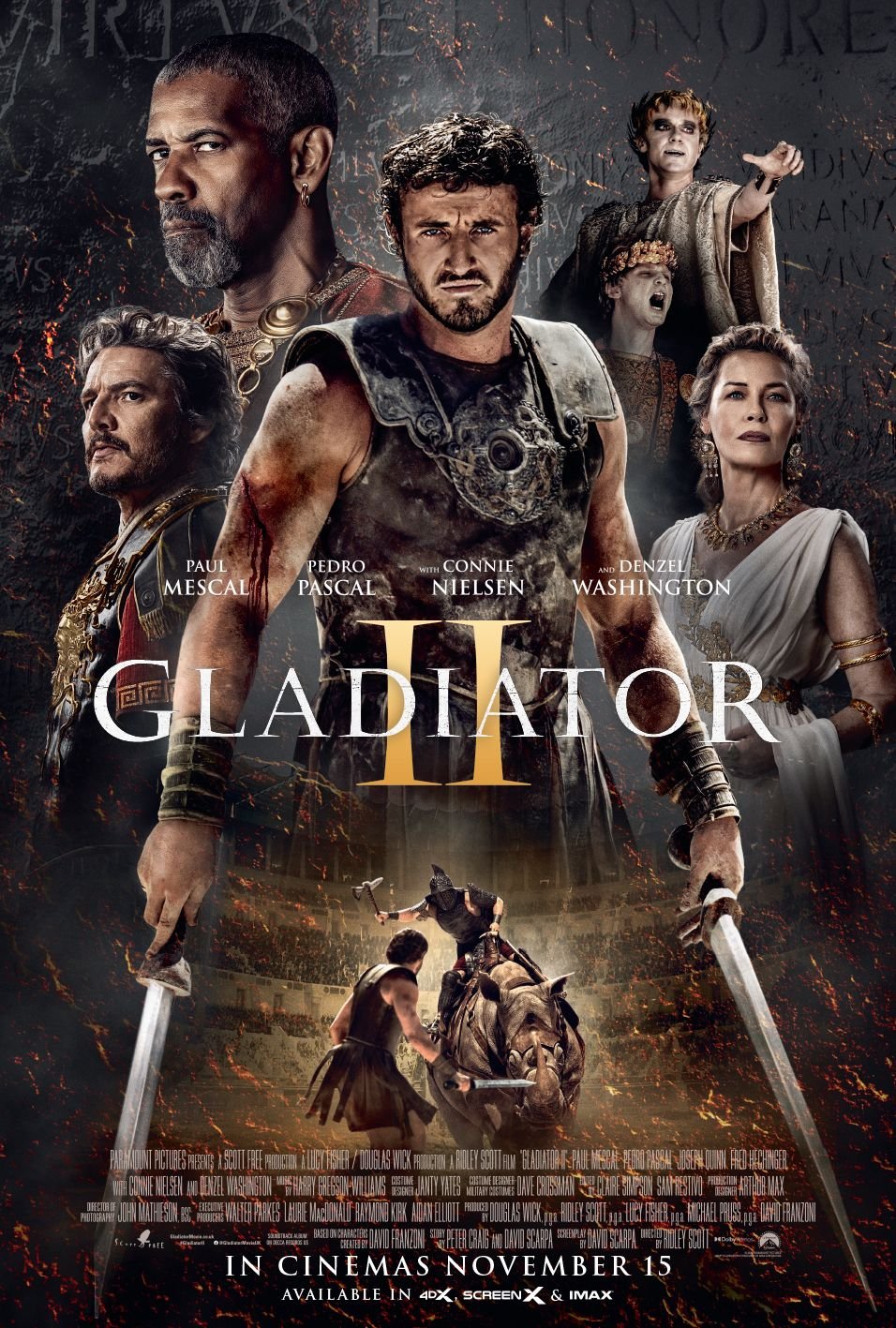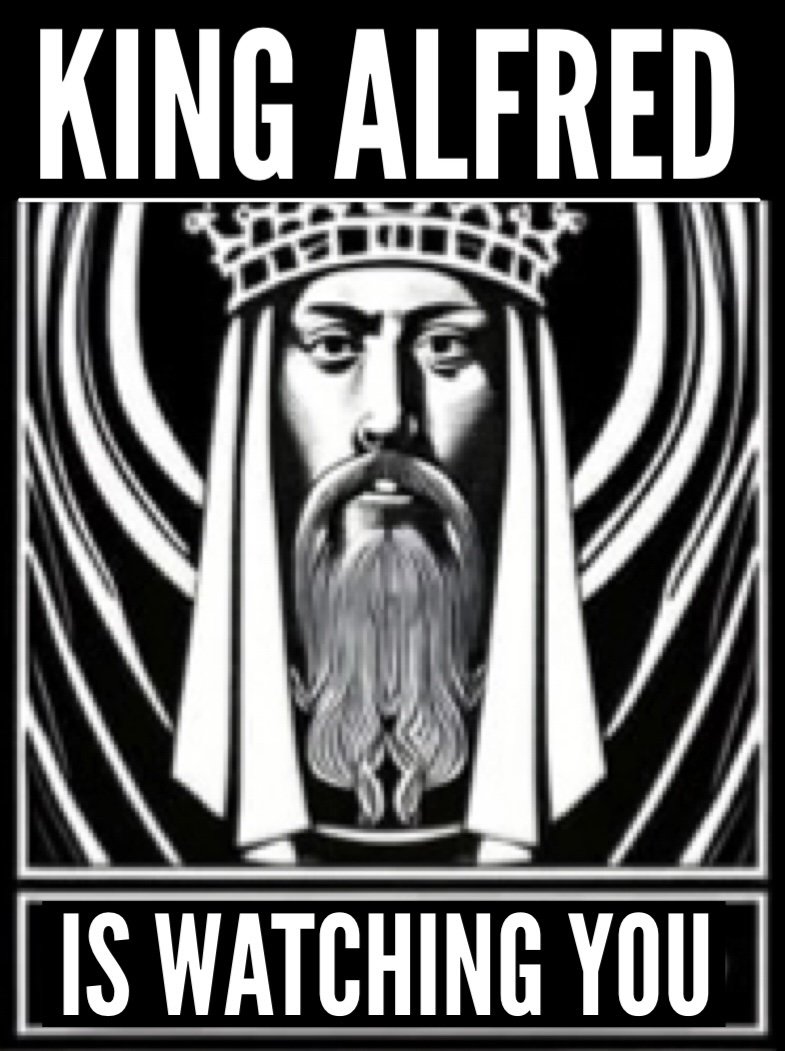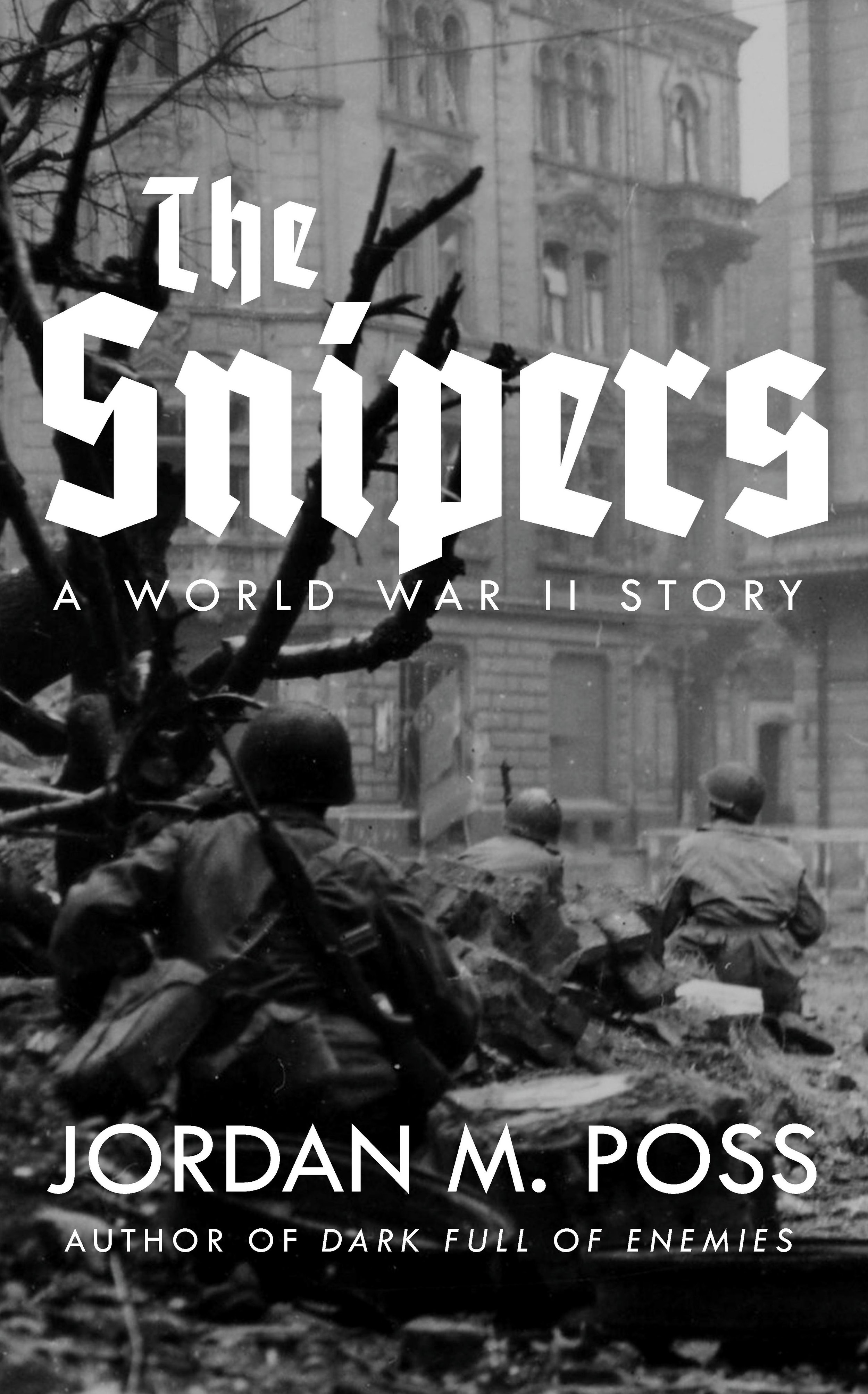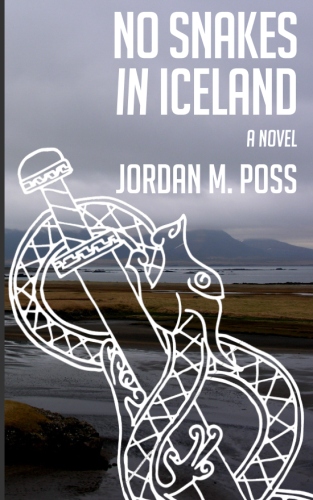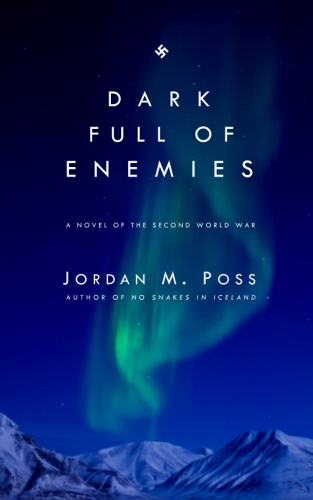Gibbon vs geographic determinism
/I’m reading a good, thoughtful, thought-provoking book about the factors behind the emergence of the secular, industrialized modern West, but its early chapter on geography bugs me. The author leans hard into geographic determinism, the historiographical theory that human cultures are largely at the mercy of the environments in which they arise—an odd position for an intellectual history to take, but stranger books have been written.
The author introduces this theme through an anecdote from Captain Cook’s voyages. Having landed on Easter Island and taken in the colossal wreck of the civilization that had once flourished there, Mahine, a Polynesian accompanying Cook, commented, “Good people, bad land.” The author takes this at face value, but Mahine’s observation is rubbished by the very thing he’s responding to: the land was good enough to support a large, sophisticated society. It must be some other factor that led to its collapse.
The author signals that he’s focusing on geography as an explanatory factor in order to avoid racial determinism—or suggesting even a little bit that some cultures are more successful than others, an observation commonly confused with racism—but using race to explain everything and using geography to explain everything is not even a false dichotomy. There are other options.
Whenever I run across geographic determinism in my reading, a passage from Gibbon’s Decline and Fall always springs to mind. Here we have, to paraphrase Mahine, good land and bad people. From Vol I, Ch X:
The Goths were now in possession of the Ukraine, a country of considerable extent and uncommon fertility, intersected with navigable rivers, which, from either side, discharge themselves into the Borysthenes; and interspersed with large and lofty forests of oaks. The plenty of game and fish, the innumerable bee-hives deposited in the hollow of old trees, and in the cavities of rocks, and forming, even in that rude age, a valuable branch of commerce, the size of the cattle, the temperature of the air, the aptness of the soil for every species of grain, and the luxuriancy of the vegetation, all displayed the liberality of Nature, and tempted the industry of man. But the Goths withstood all these temptations, and still adhered to a life of idleness, of poverty, and of rapine.
I first read this in grad school at the same time I was reading books that were part of the then-current wave of geographic determinism, books like Michael Cook’s Brief History of the Human Race or the massively popular Guns, Germs, and Steel, by anthropologist Jared Diamond. Gibbon’s pervasive emphasis on culture was refreshing. Plunk any society you care to come up with into an environment rich with natural resources, but it takes more than the mere presence of those resources for that society to use them.
Conversely, a society with poor land but a spirit of ingenuity can make much out of little. Witness Icelandic society, which has sustained itself for a thousand years despite almost immediate deforestation during the Viking Age and a lack of much else that their forebears from Scandinavia depended on. Nature and human cultures exist in a constant push-and-pull. Geographic determinism makes it all nature, pushing, all the time.
Culture matters. Contra Mahine, what went wrong on Easter Island wasn’t the land, but the use of the land. That’s a cultural problem, just like the Goths’ neglect of their land. The environment imposes barriers and places sometimes hard limits on societies, but whether the people living in a given place creatively adapt to the land, reshape it to their liking, or simply accept it and eke out a living within the limitations imposed by nature is a much more complex question. Their priorities—dutifully serving their gods, seeking honor through war, maintaining their inherited order, raking in cash—are the determining variable, not the environment.
Despite all my disagreements with and misgivings about Gibbon, this is one of the things that keeps his work engaging and readable 250 years later. Likewise the ancients he drew upon. Read Tacitus’s Germania for more on the cultures of Germanic peoples, not all of which, contrary to a common interpretation of his work, is laudatory.
To his credit, the author of the book I’m currently reading acknowledges late in the chapter that culture does matter, but the long meditation along pure geographic determinist lines makes this feel like a feeble gesture toward the immense complexity of man’s relationship with his world.



